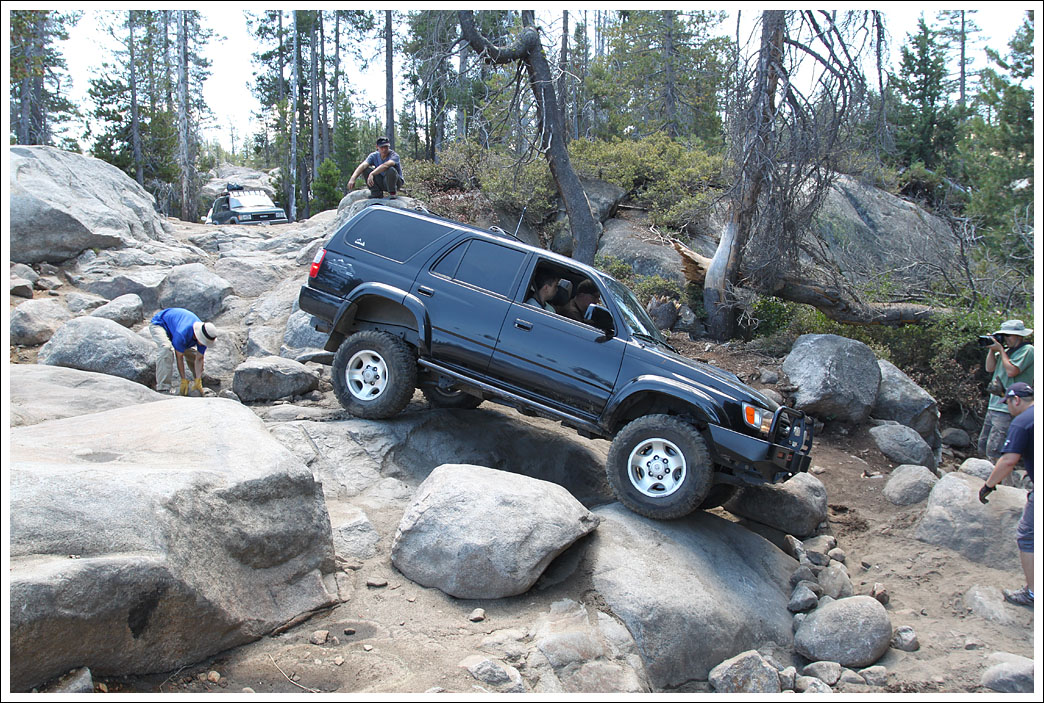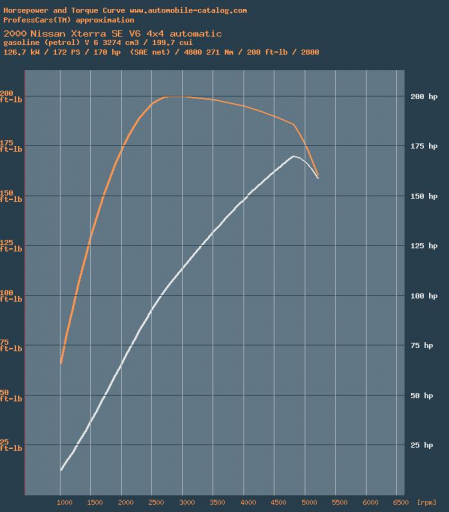Recently, I regrettably passed up on a 2000 Xterra for $2400 with a 5 speed and 4x4 in favor of a much pricier 80 series Land Cruiser. The Cruiser ended up being too big and heavy for my tastes, and I ended up trading it for a 1996 Tacoma SR5 and some cash.
In any case, I'm wondering now why the 1st gen Tacomas and the 3rd gen 4runners demand so much more money on the used market compared to the Xterras and Frontiers. For instance, the VG33s are stronger internally and should in theory have the same or better reliability compared to a 5VZ. Ditto with the KA24 compared to the RZ engines. The drivelines also seem to be tougher in the Nissans; you don't hear about as many blow diffs and CVs in Xterras and Frontiers, and the rear diffs also are thought of as stronger than the Toyota 8".
Sure they have their issues, but many of those are shared with their Toyota counterparts: knock sensors, leaks, the occasional head gasket.
So all in all, are the early Xterras and Frontiers under-appreciated gems? How do they compare to the contemporary Toyotas in terms of reliability, capability, and durability?
In any case, I'm wondering now why the 1st gen Tacomas and the 3rd gen 4runners demand so much more money on the used market compared to the Xterras and Frontiers. For instance, the VG33s are stronger internally and should in theory have the same or better reliability compared to a 5VZ. Ditto with the KA24 compared to the RZ engines. The drivelines also seem to be tougher in the Nissans; you don't hear about as many blow diffs and CVs in Xterras and Frontiers, and the rear diffs also are thought of as stronger than the Toyota 8".
Sure they have their issues, but many of those are shared with their Toyota counterparts: knock sensors, leaks, the occasional head gasket.
So all in all, are the early Xterras and Frontiers under-appreciated gems? How do they compare to the contemporary Toyotas in terms of reliability, capability, and durability?












